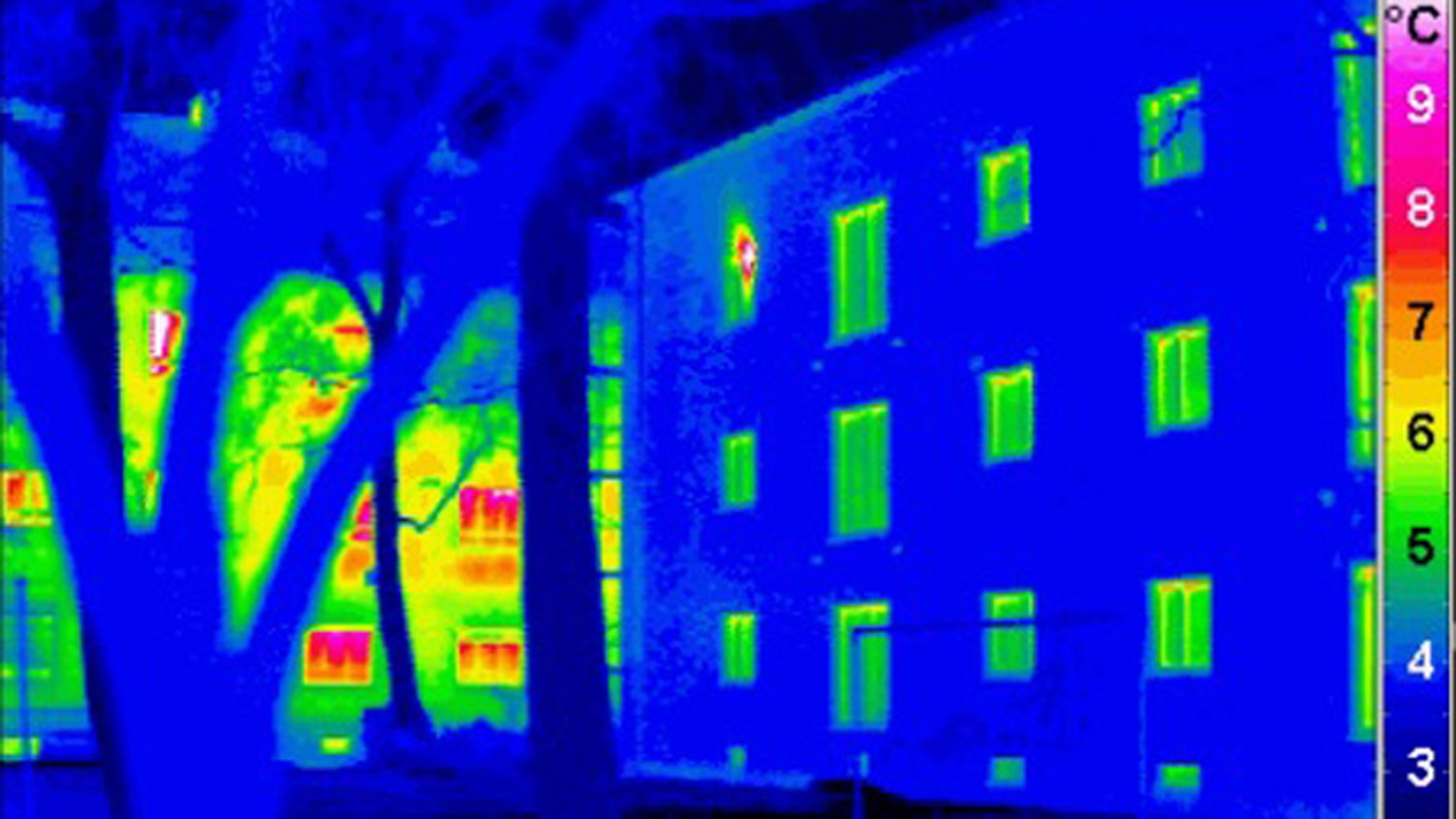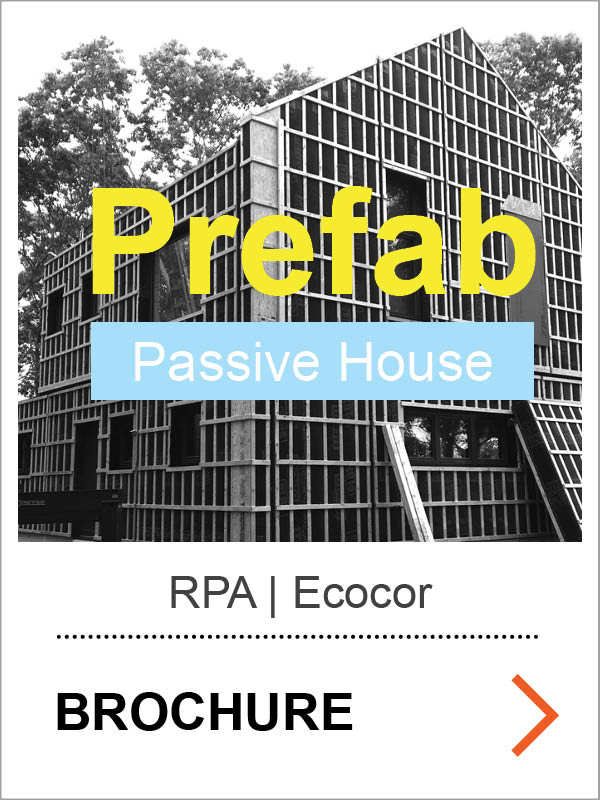News

Half of Americans Surveyed Struggle to Feel Warm and Comfortable in their Homes During the Winter Months Finds RPA|Ecocor
Drafts and Poor Insulation Create Both Discomfort and Familial Strife
MILFORD, PA AND SEARSMONT, ME
 Richard Pedranti Architect (RPA), a full-service architecture firm focused on sustainable design, and Ecocor, a construction company that manufactures, delivers and assembles high performance Passive House buildings, surveyed Americans and found that regardless of how much they pay to heat their home, more than half of respondents struggle to feel comfortable in their homes during colder months. This is not just causing physical discomfort, but emotional discomfort as well, considering 67% of respondents said that deciding how to keep their home comfortable during the winter months causes disagreements with a spouse, partner, roommate or children living in their home.Twenty-three percent of those surveyed said that they feel “uncomfortable” or “very uncomfortable” in their homes during the winter months.
Richard Pedranti Architect (RPA), a full-service architecture firm focused on sustainable design, and Ecocor, a construction company that manufactures, delivers and assembles high performance Passive House buildings, surveyed Americans and found that regardless of how much they pay to heat their home, more than half of respondents struggle to feel comfortable in their homes during colder months. This is not just causing physical discomfort, but emotional discomfort as well, considering 67% of respondents said that deciding how to keep their home comfortable during the winter months causes disagreements with a spouse, partner, roommate or children living in their home.Twenty-three percent of those surveyed said that they feel “uncomfortable” or “very uncomfortable” in their homes during the winter months.
Twenty-three percent of those surveyed said that they feel “uncomfortable” or “very uncomfortable” in their homes during the winter months. Forty-three percent of respondents report that there are rooms in their home that they avoid or cannot use because they are uncomfortably cold, claiming that on average, 28% of their home is unusable because it is so cold. Only 16% of those surveyed reported feeling “very comfortable” in their home during the winter months.
When asked which factors they believed were most responsible for their home feeling uncomfortable in the winter months, respondents more frequently attributed their discomfort to deficiencies in home construction rather than the need to control heating cost or improve their heating system:
1. Drafty windows, doors and chimneys (51%)
2. Lack of proper insulation (50%)
3. Old home (43%)
4. The need to control heating cost (36%)
5. Old, outdated heating system (13%)
6. Need for heating system maintenance/optimization (7%)
“Homeowners understand that the problem is not heating the house, it’s the house itself,” said Chris Corson, Founder and Technical Director of Ecocor. “Seventy percent of the people we surveyed said that walls in their home feel cold to the touch. This is just one indicator of the energy inefficient construction that plagues American homes. It doesn’t have to be this way – the cold should be on the outside.”
When asked, what people do to stay comfortable in their home, other than turn up the thermostat, respondents said:
1. Wrap in blankets (48%)
2. Dress in outerwear (36%)
3. Use space heaters (31%)
4. Confine themselves to the warmest room of their homes (27%)
“Ironically, America is employing blankets and outerwear to insulate our bodies from our cold homes,” observed Richard Pedranti, Founder and Principal of RPA. “We should instead be employing 21st century building science so that our homes are always warm and comfortable without turning on the heat and using energy.”
Passive House Design Delivers Comfort All Year Long
Passive House is the most stringent, low energy building standard in the world. Common in many European countries, Passive House takes advantage of super-insulated walls, internal heat gains and the sun coming through well-situated windows to produce the highest level of interior comfort available in a building today. Regardless of the weather outside, this modern approach to building reduces energy consumption 80 to 90 percent compared to a conventional home, and maintains a comfortable 68 to 72 degrees indoors all year-round.
P![]() assive House also improves indoor air quality with a continuous supply of filtered fresh air. A ventilation unit transfers thermal energy from the air leaving the house to the fresh air coming into the house which maintains the homes temperature while circulating fresh air throughout the home every three hours or less.
assive House also improves indoor air quality with a continuous supply of filtered fresh air. A ventilation unit transfers thermal energy from the air leaving the house to the fresh air coming into the house which maintains the homes temperature while circulating fresh air throughout the home every three hours or less.
Slightly over 200 people living in detached homes, townhouses and rowhomes in areas that experience a winter season completed the survey. RPA and Ecocor partnered with Passive House Maine to disseminate the survey.
About Ecocor
Ecocor is a construction firm that designs, manufactures, delivers and assembles high performance buildings throughout North America. Ecocor’s patent pending foundation and wall designs reduce energy consumption for heating and cooling buildings by 80-90%, which substantially reduces the cost of ownership and the building’s carbon footprint, while increasing the comfort of its owners. Using panelized building components as a construction platform, Ecocor has better control, higher quality and much shorter time-to-occupancy than any site-built construction. Learn more at http://www.ecocor.us/.
About RPA
Richard Pedranti Architect is an innovative architecture firm located in the heart of the Upper Delaware River Region specializing in environmentally conscious building strategies. The firm is distinguished by its proven ability to create beautiful buildings that achieve the rigorous Passive House standard. Combining intelligent modern design and 21st Century building standards, RPA creates simply extraordinary places that exist in harmony with the environment and fulfill the unique aspirations of each client. To learn more go to https://richardpedranti.com.

